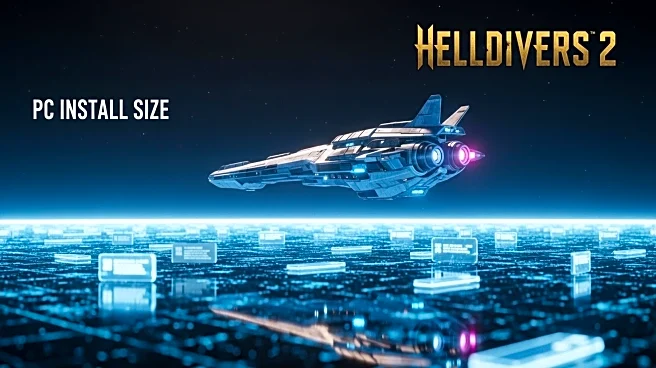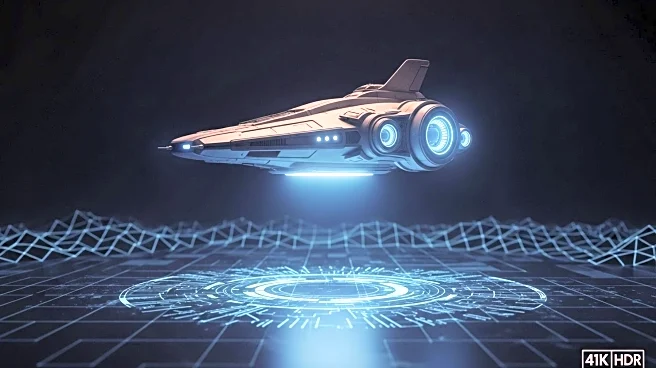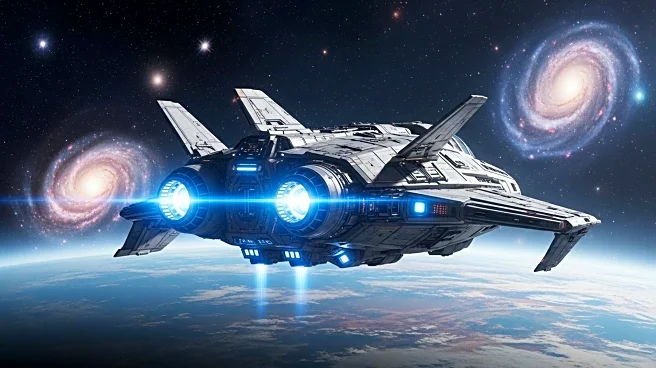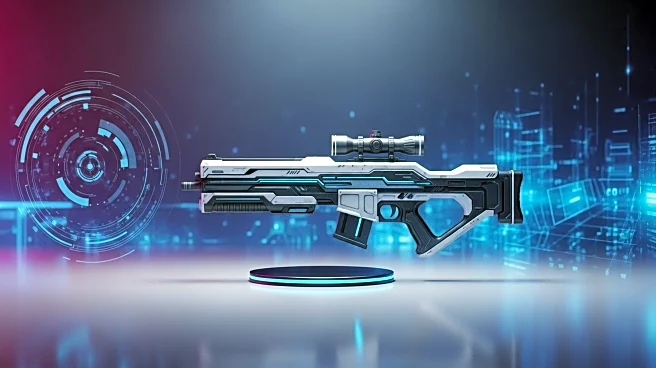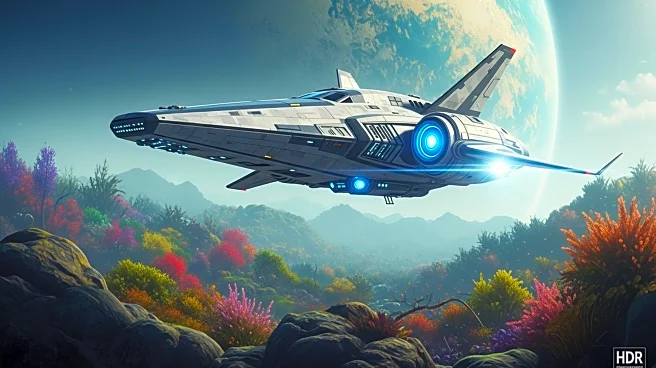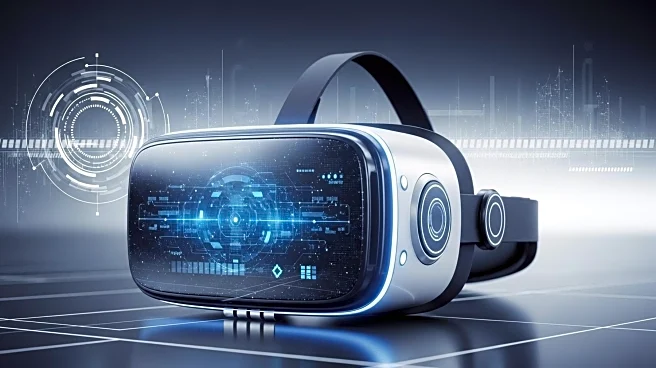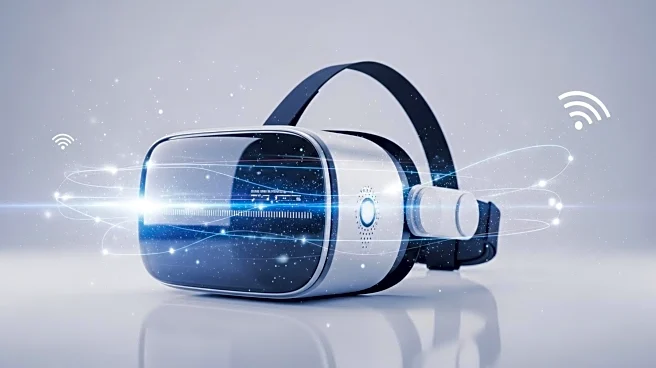What's Happening?
Arrowhead Game Studios has provided an explanation for the large install size of Helldivers 2 on PC, which stands at 141.51GB. The studio's deputy technical director detailed in a recent tech blog that the size is due to the duplication of data to improve performance on older hard-disk drives (HDDs). These drives, unlike modern solid-state drives (SSDs), have slower read speeds due to their mechanical parts. By duplicating data, the game ensures that essential information is stored in close proximity, reducing the seek time required for loading. This approach is intended to enhance performance for players using older hardware, which still constitutes about 12% of Steam users according to Arrowhead's estimates.
Why It's Important?
The decision to duplicate data in Helldivers 2 highlights the ongoing challenges in game development related to hardware diversity among players. While SSDs have become standard in modern PC builds, a significant portion of gamers still rely on older HDDs. By accommodating these users, Arrowhead Game Studios aims to ensure a consistent gaming experience across different hardware setups. This approach not only benefits players with older systems but also supports the multiplayer aspect of the game by reducing load times for all participants. The strategy reflects broader industry trends where developers must balance technological advancements with accessibility for a diverse user base.
What's Next?
As technology continues to evolve, game developers may increasingly face decisions about optimizing performance for varying hardware capabilities. Arrowhead's approach may prompt other developers to consider similar strategies, especially for multiplayer games where load times can impact gameplay. Additionally, as SSDs become more affordable, the industry might see a shift towards optimizing games exclusively for these faster drives, potentially phasing out support for HDDs. This could lead to discussions about hardware requirements and the future of game development in accommodating different user needs.
Beyond the Headlines
The decision to cater to older hardware raises questions about the sustainability of supporting outdated technology in gaming. While it ensures inclusivity, it may also limit the potential for innovation and optimization in game design. Developers must weigh the benefits of broad accessibility against the constraints of maintaining compatibility with legacy systems. This balance is crucial in an industry that constantly pushes the boundaries of technology and creativity.

